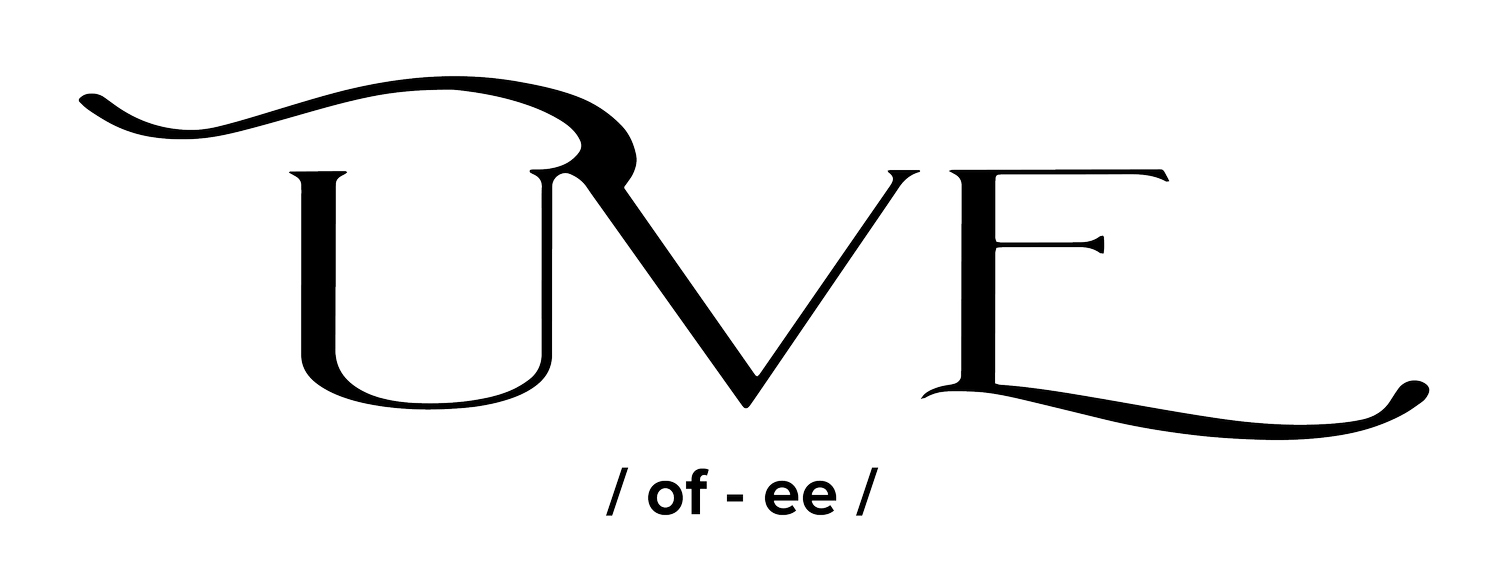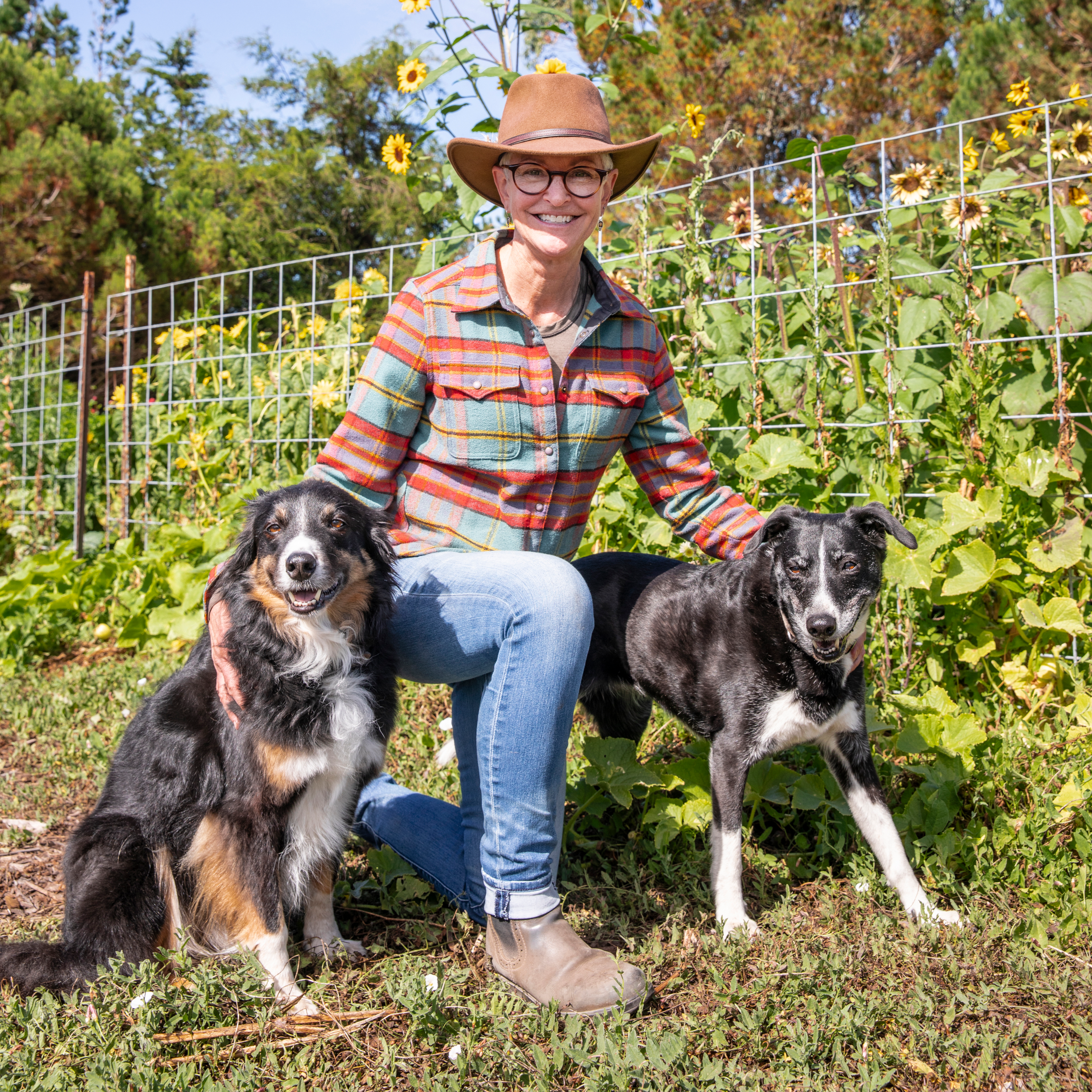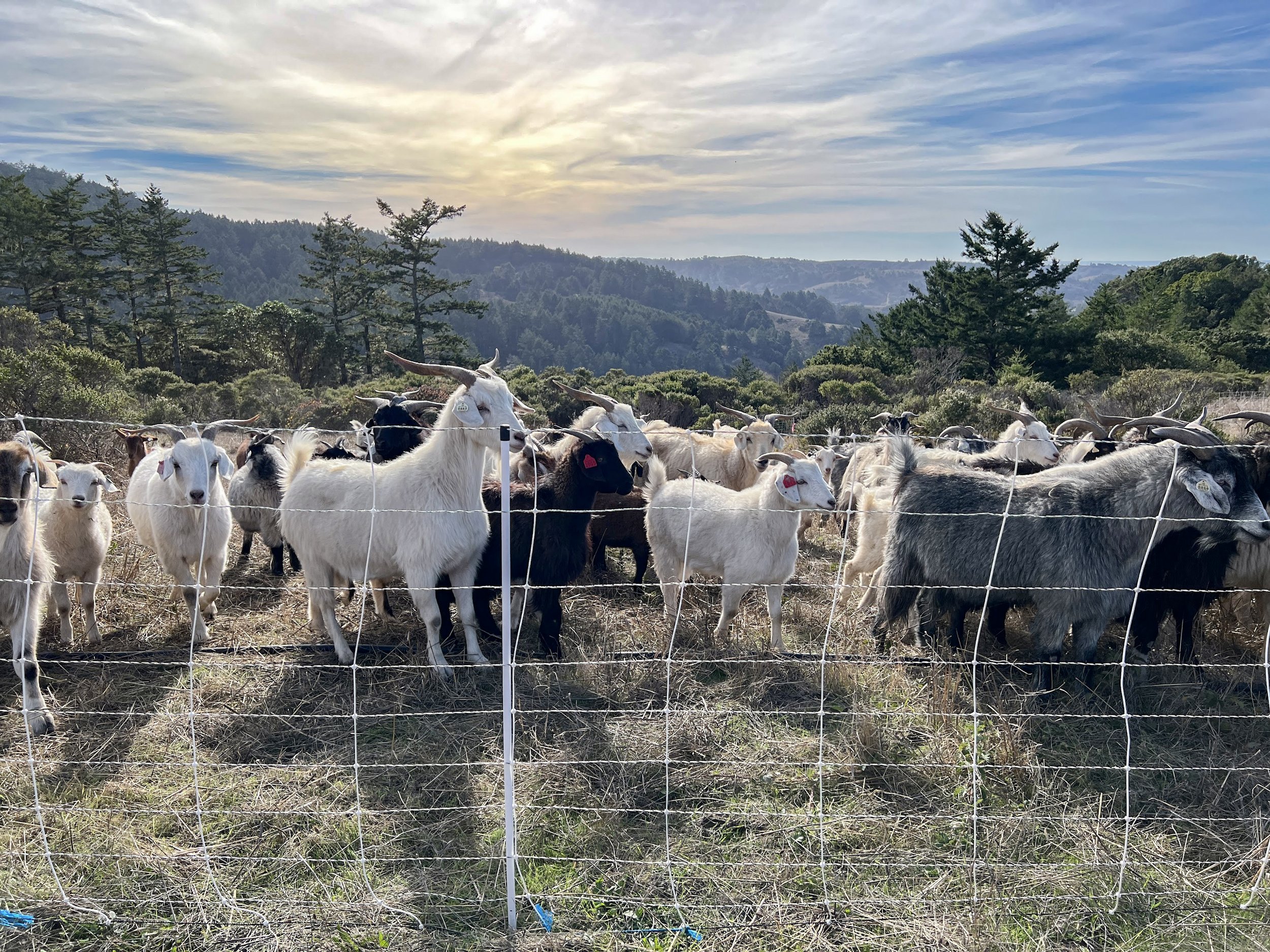Regenerating Land, Nourishing People, and Why a Rainbow Diet Matters - For Cattle Too - with Kathy Webster at TomKat Ranch
By Dora Boyd Cohen, UVE Hub Verifier
In the rolling hills south of the San Francisco Bay Area, TomKat Ranch is an educational hub for regenerative agriculture, advancing land stewardship through its three initiatives: Regenerative Ranching, Fork to Farm, and Gathering for Action. I had a delightful conversation with Kathy Webster, the Food Advocacy Manager at TomKat Ranch, where our conversation intermittently wandered to our shared love of dogs and cats before circling back to the ranch’s mission.
One of the ranch’s exciting projects is a study on nutrient density in grass-fed beef, conducted with the Bionutrient Institute. By analyzing forage, soil, manure, and ribeye samples, the study found that cattle grazing on diverse pastures—more than 5-8 plant species—produced beef richer in phytonutrients, antioxidants, and with a better omega-3 to omega-6 ratio than grain-fed beef. Kathy compared this to common advice about human nutrition: “They encourage you to eat a rainbow of colors on your plate, right? You wouldn’t just eat pasta and expect to be healthy. It’s the same for cattle—when they eat a diversity of plants, they get a diversity of nutrients, which translates into more phytonutrients in the beef.” This research underscores the importance of biodiversity in grazing systems—not all grass-fed beef is equal, and a monoculture pasture does not provide the same benefits as a richly diverse forage system.
Grassfed cows at TomKat Ranch // Photos were taken by Kathy’s partner and colleague, Bill Milliot.
Kathy has played an instrumental role in these efforts. With a background in nutrition and dietetics from CSU Chico, she initially worked in high-tech before returning to holistic nutrition and expanding to regenerative agriculture. Her work at the ranch has evolved from livestock management to overseeing the "farm to fork" process—handling harvest timing, inventory, marketing, and sales, ensuring institutions have access to nutrient-dense, regeneratively raised food that benefits both people and the planet.
Kathy with two of her dogs
Goats also play a vital role in TomKat Ranch’s land management. Much of the 1,800-acre property consists of brush-covered hillsides once inaccessible to cattle. Around 2021 a herd of traveling goats were brought onto the property, and it took these goats about a month to clear the hillsides of coyote brush.
At first, “I thought they devastated the land, like, what the hell did we do?” remembers Kathy. “But in actuality, it needed to have happened. To get rid of all of the brush and then continue grazing because now it comes back beautifully covered in grass. It was eye-opening.” The highly effective pasture restoration prompted the ranch to establish its own goat herd.
As part of the Farm to Fork initiative, TomKat Ranch is actively working to integrate regeneratively raised beef into institutions such as hospitals, schools, and universities. Since 2018, the ranch has collaborated with the Community Alliance with Family Farmers and Healthcare Without Harm, creating a pilot program to bring grass-fed beef into schools and hospitals, called Beef2Institution. With the help of a growing partnership (Roots of Change, Shared Plate, and CreamCo) Beef2Institution has grown to more than 30 schools and five hospitals. Now, they are expanding efforts to supply University of California campuses and additional healthcare institutions with beef that meets high environmental and nutritional standards. Given the increasing pressure on institutions to adopt plant-based menus, Beef2Institution focuses on beef from grass-fed, regenerative ranches that are verified by programs like Savory Institute’s Ecological Outcome Verification (EOV), demonstrating measurable regenerative impact and positioning grass-fed beef as a sustainable, healthy, and climate-friendly option.
Kathy with colleagues Annie and Jeremiah, an earlier scene at TomKat Ranch!
The TomKat ranch goats hard at work
Today, TomKat Ranch is home to 200 Spanish Cashmere goats, which regularly maintain pasture, and contribute to fire mitigation alongside controlled burns with Cal Fire. TomKat Ranch continues to serve as a living example of how a regenerative mindset can restore ecosystem function, improve food quality, and create resilient food systems.
The combination of goats and controlled burns keeps the pastures open for grazing and mitigates wildfire risk.
More photos from TomKat Ranch including the crew that keeps it all going!
Dora Boyd Cohen, PhD is UVE’s Land Steward Relationship Coordinator, Hub Verifier, & Savory Accredited Professional












